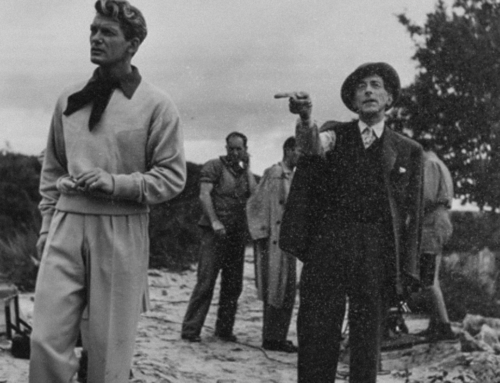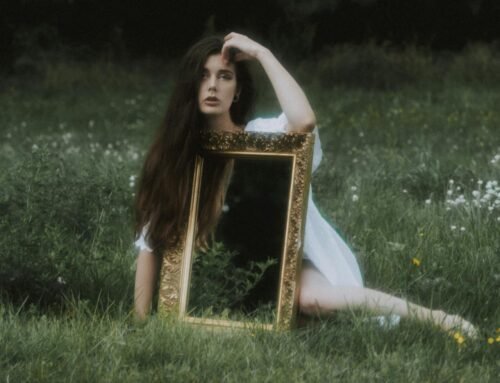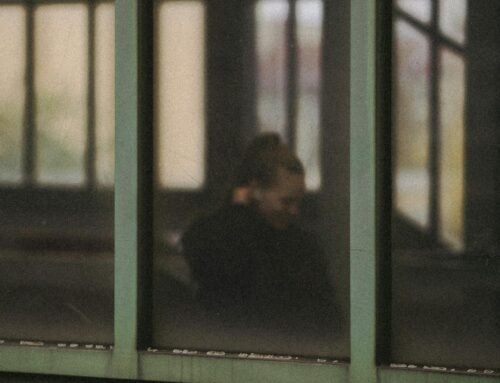Ana was one of the most loving creatures I’ve met. She was the kind of girl who literally stepped aside to make way for an ant. Filled with compassion, she could not stand any sort of aggression, bullying, not even vulgarity. Always generous, thoughtful and loving with her friends, and even those who didn’t exactly fall in this category, Ana could never refuse to lend a helping hand when it was sought. And sought to help even when help was not asked for. To my mind, Ana was very much the definition of a good person.
Sophia was in some ways similar to Ana. There were definitely traces of a good natured being in her but there was a deeply dark side to her too. The few glimpses I got into her made it seem like she could be genuinely evil. Once when she was younger, I saw her slap a 3 year old just behind the corner from where the child’s mother was sitting on a bench enjoying the sun. Another time, when she was a bit older, I saw her bring her grandfather to tears, insulting him – a man who would give his life for her without a moment’s hesitation. On many occasions she was mean to her sister too. That was Sophia.

One may think that these two are the two extremes of a personality spectrum – a saint and a devil. But Ana and Sophia were in fact very much the same person – Ana Sophia – somebody I knew up close and personal.
You may be inclined to think that Ana Sophia is an exception – one of few people who have opposing personality traits but that’s not true. Every human being I know on this Earth is very much the same – carrying around both a saint and a devil. Whether you catch them in a moment when they act good or bad will depend on their level of personal growth, the person they communicate with, what their mental state is at the moment and the situation they are put in – how they are triggered.
We are used to over-simplifying others unintentionally by seeing them as only good or bad, depending on our personal experience with them. But imagine if you could see them in their various roles, in different situations and having different attitudes towards different people. Chances are you will feel confused because it will be hard to pin them down as either good or bad as we like to do. The fact is, we’re all a spectrum, we all have different sides to us. Clearly some lean a bit more towards one end but I don’t think there exists a person who’s only one or the other.
What if you could do that?
Imagine that instead of simply their acts and behavior, you could see a person’s personal history too, their conditioning, their traumas, the reasons behind their bad behavior and good behavior. In other words, what paved the way for them to be as you see them in this brief instance of their journey.
When I watched Ana Sophia in those ugly moments it was easy for me to see her simply as evil. But I knew her background. Her attitude towards her grandfather was something she was brought up with as everybody at home treated the man that way. At the time when the incident with the insults occurred, she was merely a child at a stage when children copy behavior in an unconscious attempt to act like grown-ups. Ana Sophia was also bullied at school and had not seen that much love as a child herself. You can’t give others what you don’t have yourself. If you know love – you can give love. If you know pain, you give pain. Victims victimize when there is lack of consciousness and personal growth.
This is why personal growth is so key – it gives you a chance to break from your own prison of past experience and to evolve into a bigger, better human being.
All the good I saw inside Ana Sophia was when she was a bit older. And it existed to a great extent because of the ability for compassion she’d developed due to the suffering and pain she had endured herself, the lessons she had learned. Of course, mostly thanks to her effort to evolve personally when she’d realized the ugliness in her own actions.
Why am I sitting here trying to make you peek behind the curtains?
Because if you could do that instead of simply looking at the surface – the actions which are nothing but the symptoms of a much deeper story, you would feel nothing but compassion and sometimes admiration for the personal strength of the person you’re looking at.
And when you feel compassion, you can act with compassion. It’s the only way to bring change into the human soul, or any soul for that matter.
Imagine this. You walk down the street and a dog jumps out of nowhere and bites you. The reason for its behavior is that it was beaten by its owner when it was small and has now developed a negative association with people. When it sees a person, it still feels the fear and pain, naturally anger rises inside of it. And now that it’s bigger, it goes into an automatic mode of offense and aggression. And aggression leads to aggression in the immature psyche lacking consciousness – that’s how most of us operate. In your rage, you may strike the dog and you kick it.
You have now reaffirmed its perception of people being evil creatures that only cause pain. What have you achieved? What do you think will happen the next time the dog sees a person on the street?
If you could understand its history and pain and instead took a different approach – fed it and petted it and you came back and did that repeatedly, with time the dog’s perception will shift. This is how change happens – it’s never by punishment, it’s always by example.
I strongly believe if we could all see others not simply as their momentary behavior but as their history, trauma and trouble that lead them to this moment and act out of compassion instead of healing aggression with aggression, we would make a huge step forward in our personal and species evolution.
As F. Scott Fitzgerald said:
The test of a first-rate intelligence is the ability to hold two opposed ideas in the mind at the same time, and still retain the ability to function.



